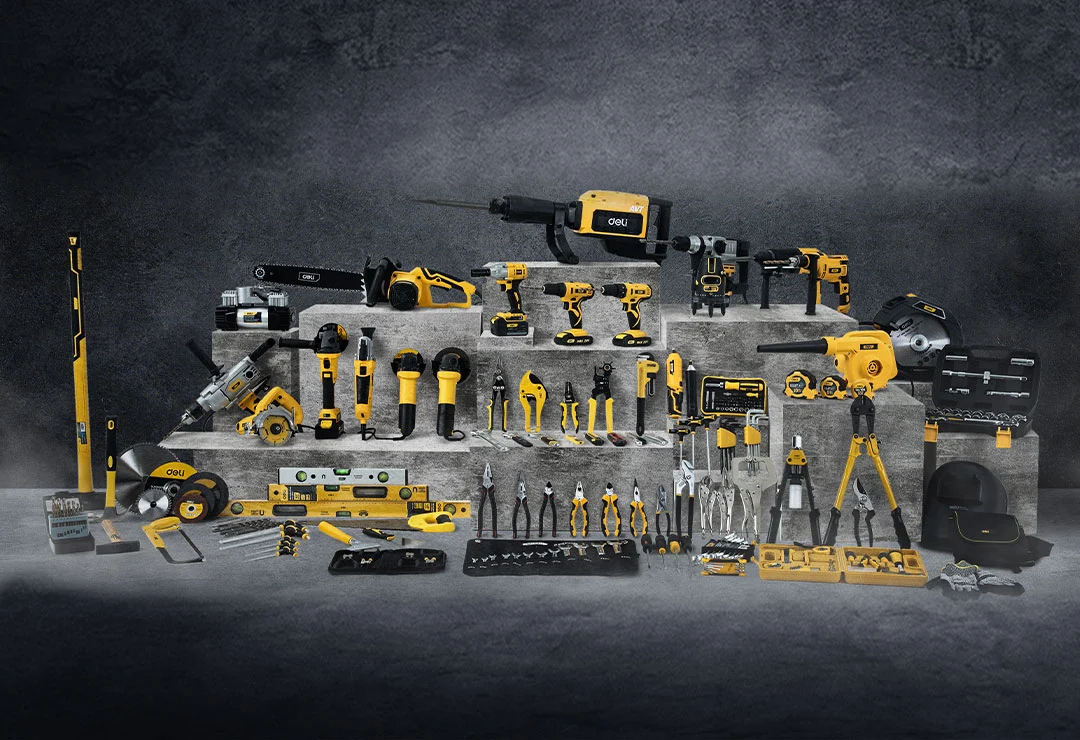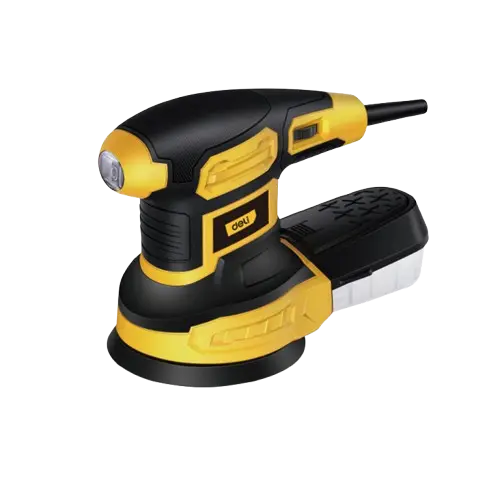When we embark on a journey through the vast landscape of cutting tools, it becomes evident that their diversity and specialization are unparalleled. Cutting tools, indispensable in both industrial manufacturing and everyday DIY projects, come in an array of forms, each designed to fulfill a specific purpose with precision and efficiency. This exploration seeks to shed light on the numerous types of cutting tools available, underscoring their unique features, applications, and the technological advancements that have shaped their evolution.
The Essentials of Cutting Tools
At the heart of many manufacturing processes lies the cutting tool, a critical component that has undergone significant evolution to meet the demands of modern engineering and craftsmanship. From simple hand-held devices to sophisticated CNC machines, the range of cutting tools is as broad as the materials they are designed to cut. Whether it's metal, wood, plastic, or composite materials, there is a cutting tool specifically engineered for the task, highlighting the importance of understanding the characteristics that define these essential instruments.
Varieties of Cutting Tools: A Closer Look
The classification of cutting tools can be primarily divided into several categories, including single-point and multi-point tools. Single-point tools, such as lathe tools, are predominantly used for shaping and cutting materials in a precise manner. On the other hand, multi-point tools, like milling cutters and drills, allow for the removal of material from a workpiece in a more complex and efficient way. Each category hosts a plethora of options designed for specific operations, showcasing the vast selection available to professionals and hobbyists alike. Deli Tools is a leading electric marble cutter factory, pipe cutter factory and cable cutter factory.
Within these broad categories, specialized cutting tools such as reamers, broaches, and taps have been developed to perform distinct tasks with remarkable accuracy. Reamers are utilized to refine hole diameters, broaches are employed to cut intricate shapes or patterns, and taps are essential for creating internal threads. This specialization ensures that for every material and every shape, there exists a cutting tool capable of achieving the desired finish with precision.
Technological Advancements in Cutting Tools
The evolution of cutting tools has been significantly influenced by technological advancements. Materials science has played a pivotal role, with the development of high-speed steel (HSS), carbide, ceramics, and diamond as cutting surfaces. These materials have drastically improved the durability, efficiency, and speed at which cutting tools operate, thereby expanding their applicability across a wide range of industries.
Furthermore, the advent of computer numerical control (CNC) technology has revolutionized the cutting tool industry. CNC machines offer unparalleled precision and consistency in cutting processes, allowing for complex shapes and designs to be achieved with minimal human intervention. This automation not only enhances productivity but also pushes the boundaries of what can be manufactured, opening up new avenues for innovation and design.
Conclusion: The Expansive World of Cutting Tools
In conclusion, the question of how many cutting tools exist cannot be answered with a simple number. The diversity and specialization within the realm of cutting tools are vast, reflecting the continuous innovation and adaptation to meet the evolving needs of manufacturing and craftsmanship. From basic hand tools to highly sophisticated CNC machines, each cutting tool plays a pivotal role in transforming raw materials into finished products. As technology advances, so too will the capabilities and variety of cutting tools, further enriching this essential facet of the manufacturing world.






 EN
EN
 jp
jp  ko
ko  fr
fr  de
de  es
es  it
it  ru
ru  pt
pt  ar
ar  vi
vi  th
th  hi
hi  pl
pl  id
id  el
el 





